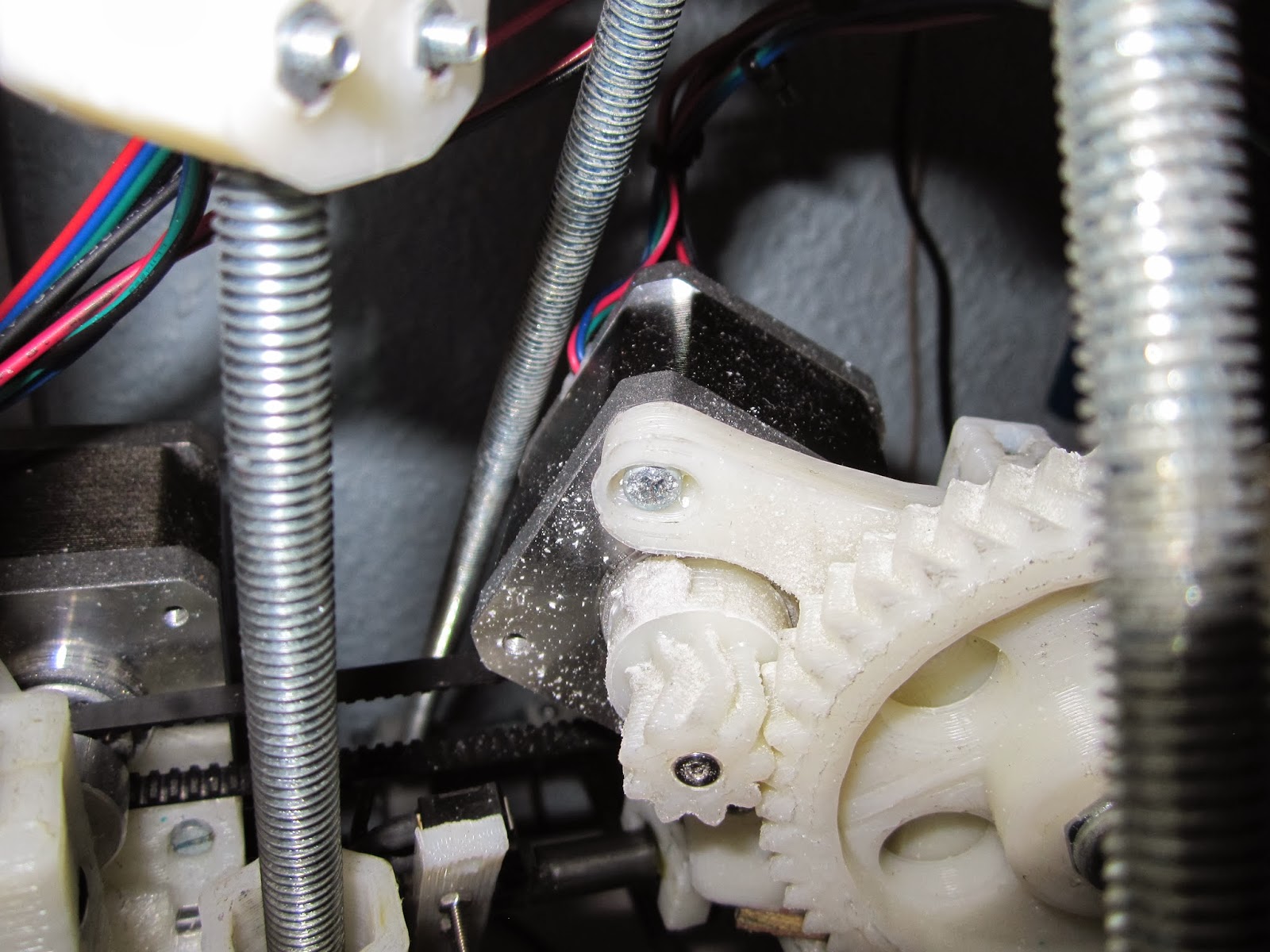Versión del blog en Español aquí
Throughout my life, I've been accumulating an important quantity of CDs and DVDs. Nowadays, with hard drives and pen drives all over the place, I barely use the round plastic things anymore. That's way I decided to get rid of all of them that I could find. It turns out I had a bunch and felt like a waste of money just to throw them away, so I decided to make a last useful thing with them. A LED-CD Lamp.
I'm not the first one to come up with this idea. I had seen many lamps over the internet, but I didn't want to get influenced for other people's designs, so I just started mine from scratch. (Any resemblance [except for the CDs, obviously] with other lamps is pure coincidence).
Again, my mistake is to get too excited with the project I'm working on, and I forget to make an exhaustive documentation of all the steps I took, but I'll do my best to explain things clearly with the few pictures I took.
I removed the old curtains of my apartment, and with them, the rods where they were hanging. Again, instead of just throwing them away, I decided to make something new with them, so I cut them in pieces of 50cm to give rigidity to the lamp structure.
Taking the dimensions of the rod into consideration, I designed the bottom and the top for my lamp.
 |
| Bottom part of the lamp |
 |
| Top part of the lamp |
I did buy the RGB LED stripe, and cut two pieces of 50cm (the height of the lamp).
I say I cut two pieces because the whole stripe has a limitation in the angle it can bend without compromising the components, and I needed a 180º fold at the top of the lamp to be able to stick the two pieces of the stripe "back to back". I then soldered a small wire in every connection of one end of every stripe.
And now only was left to solder the cables of the same connection with each other. The +12V of one stripe with the +12V of the other stripe, blue with blue, red with red, and green with green. In the picture from above, I soldered a colored wire corresponding to the color of the connection, so it was just a matter of soldering the same colors together.
And finally, the set up was pretty easy:
- Place the bottom printed part on the table.
- Insert the rod pieces in the holes surrounding the CDs.
- Put the CDs in the center of the bottom part.
- Fit the two stripes through the CDs.
- Close the structure with the top printed part.
And a short video:








